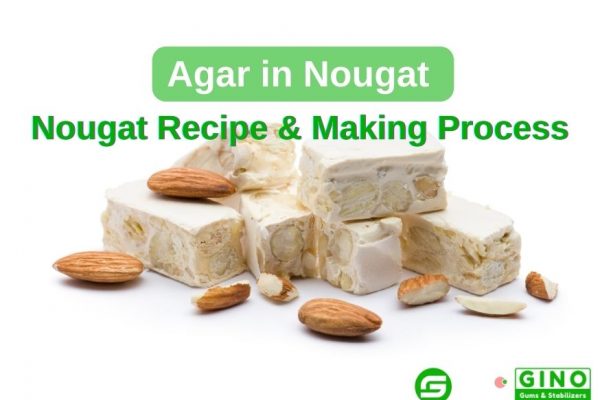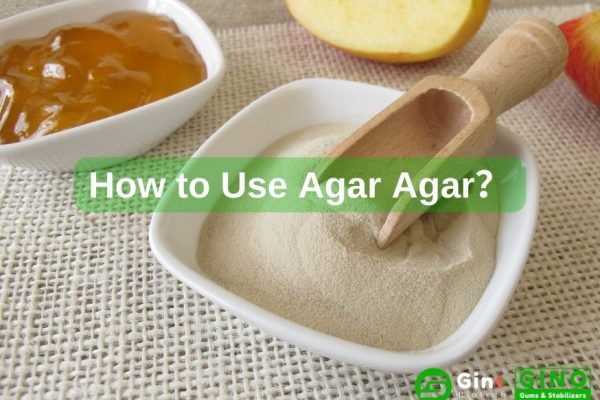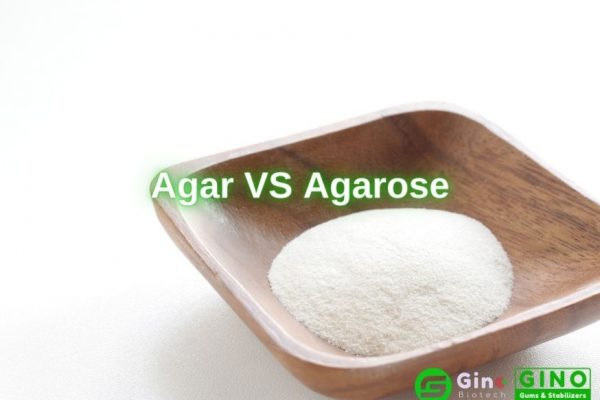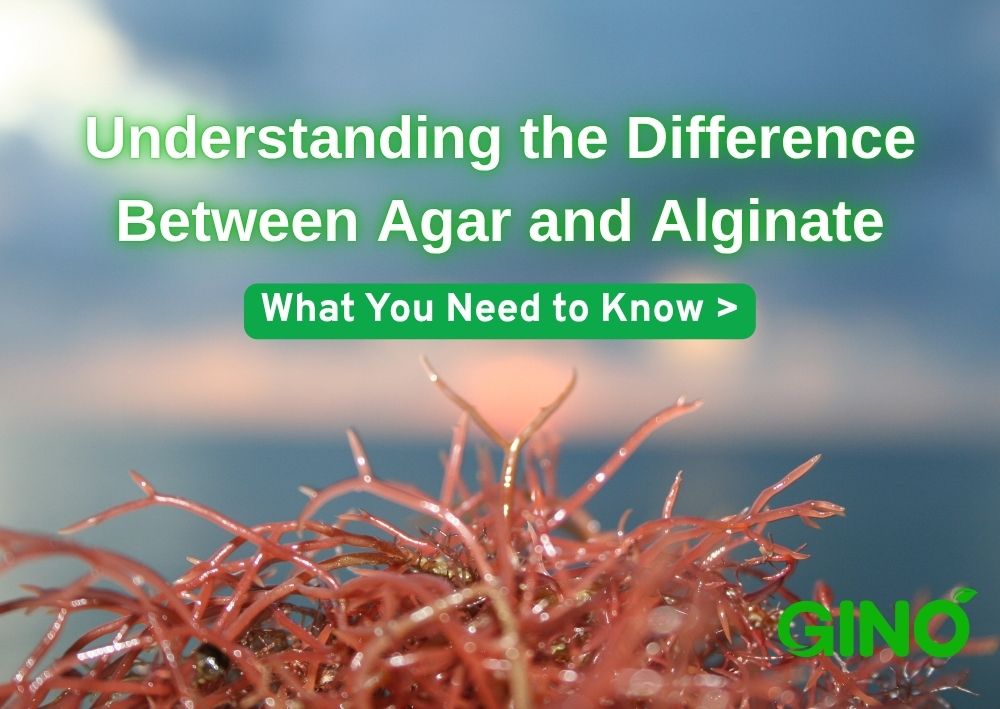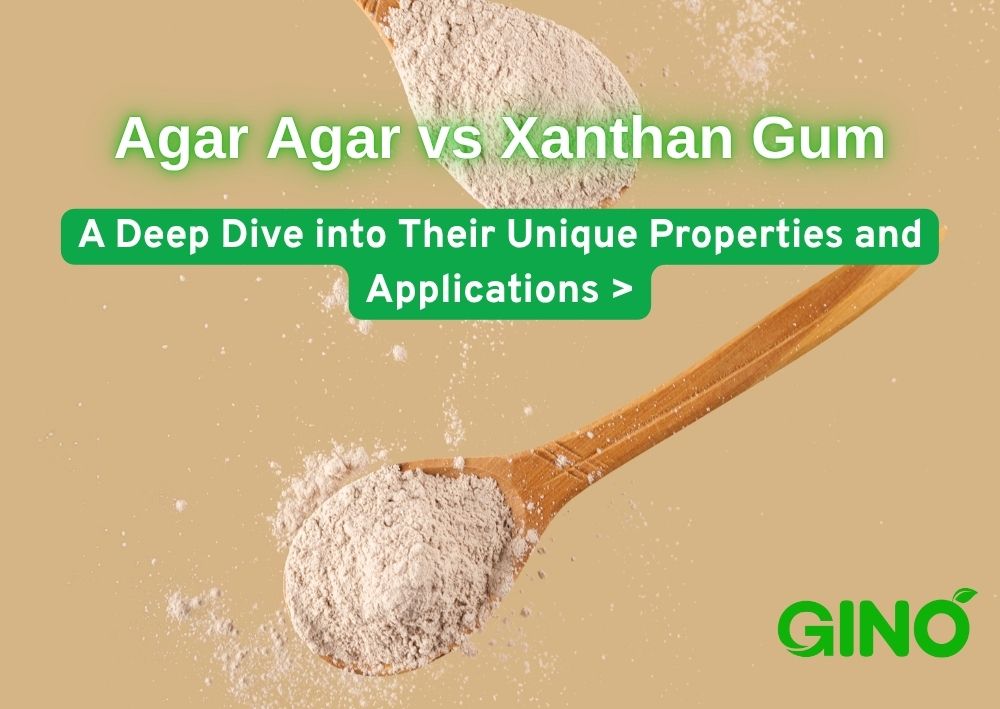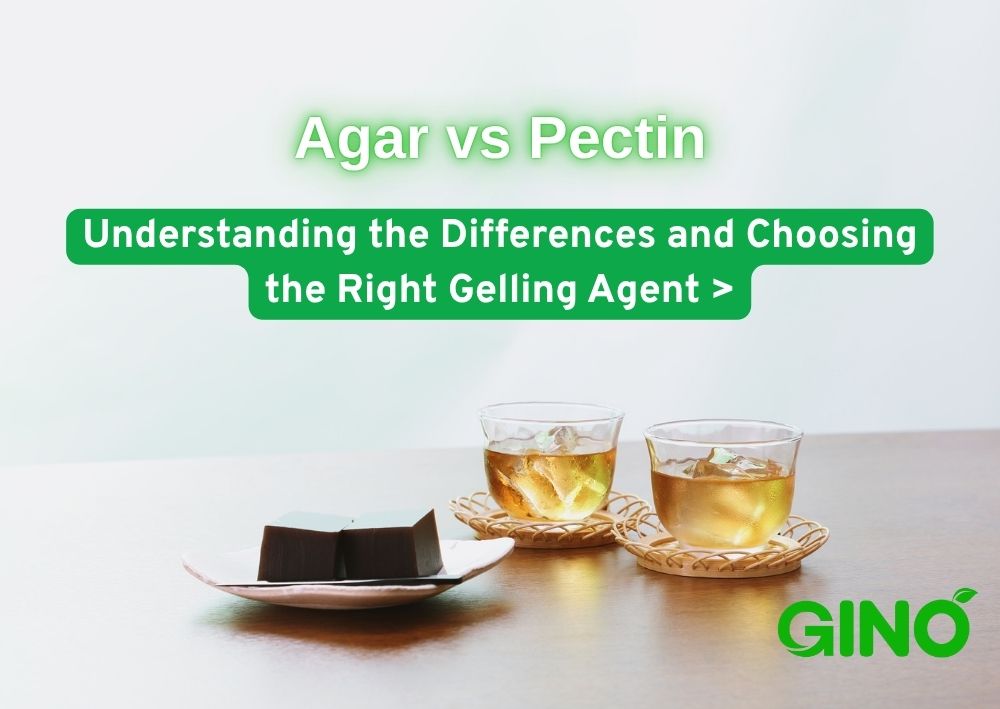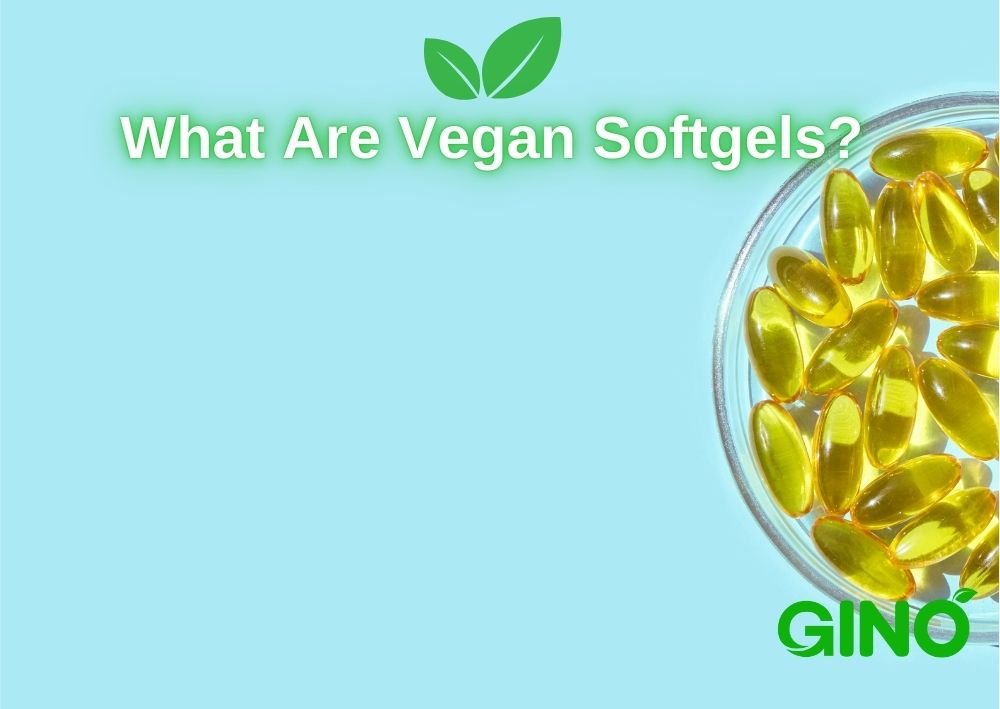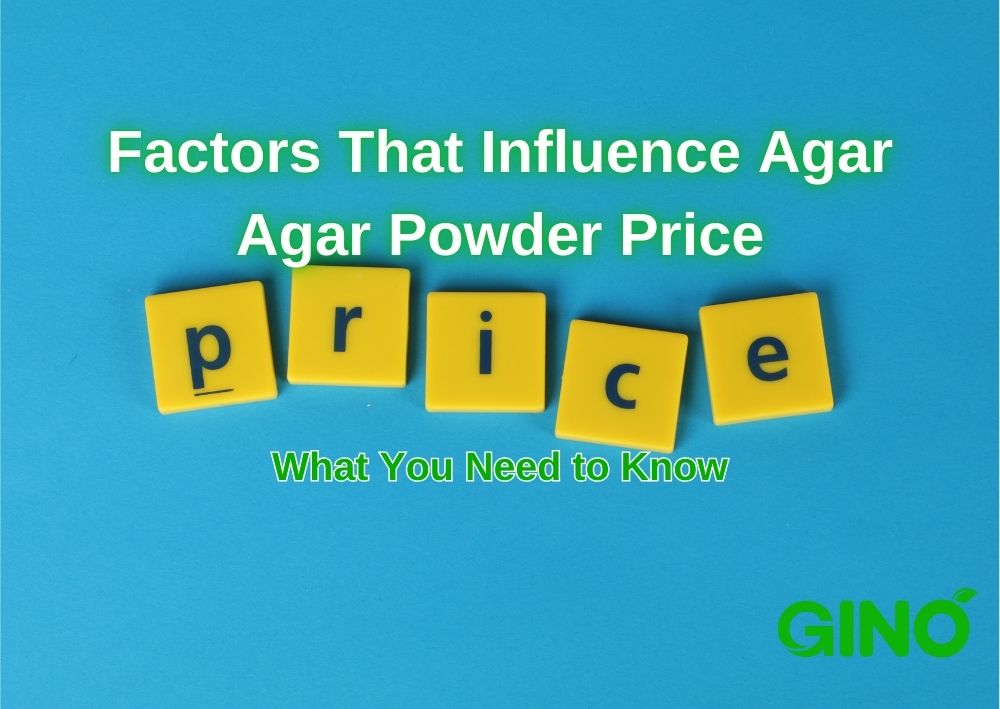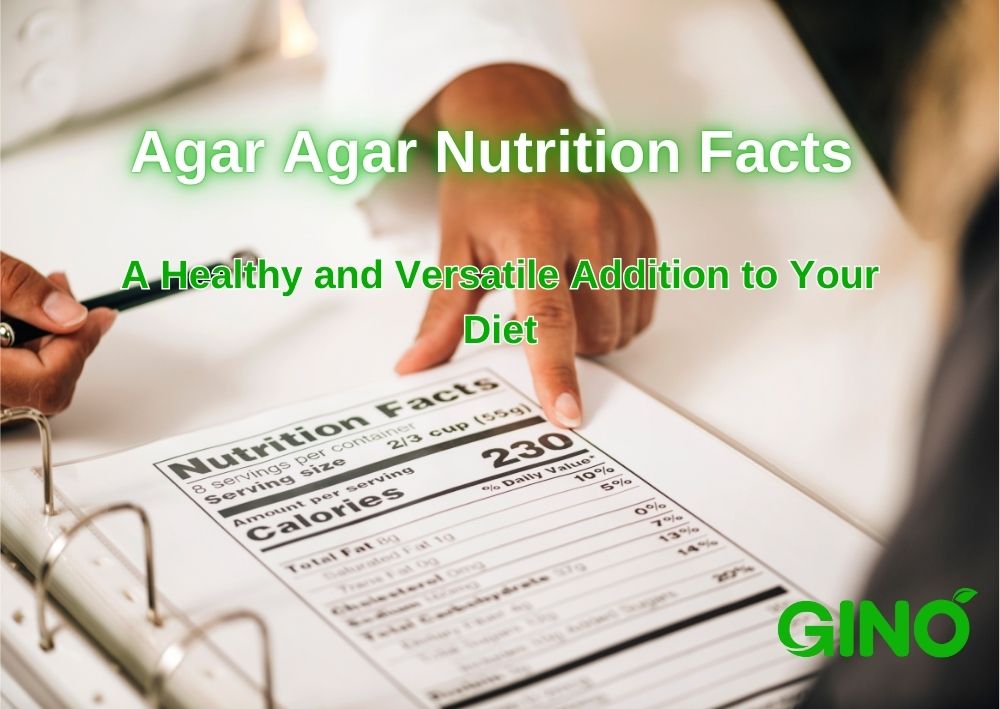Agar vs Gelatin | Big Differences Between Agar and Gelatin
Agar vs Gelatin | Table of Contents
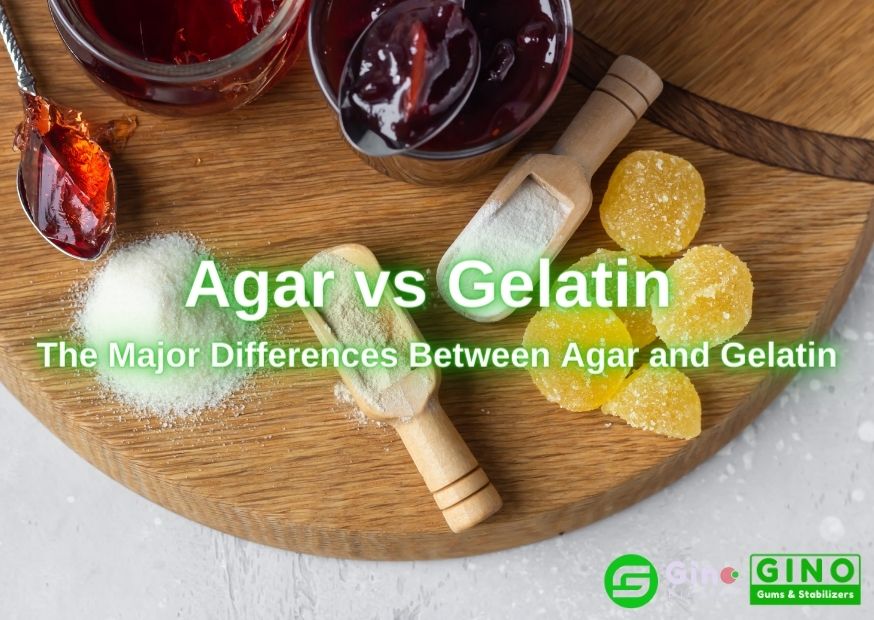
1. What is Agar?
Agar, also called agar-agar and kanten, is a jelly-like substance made from red seaweeds, with a E number of E406, and is a kind of plant-based hydrocolloid.
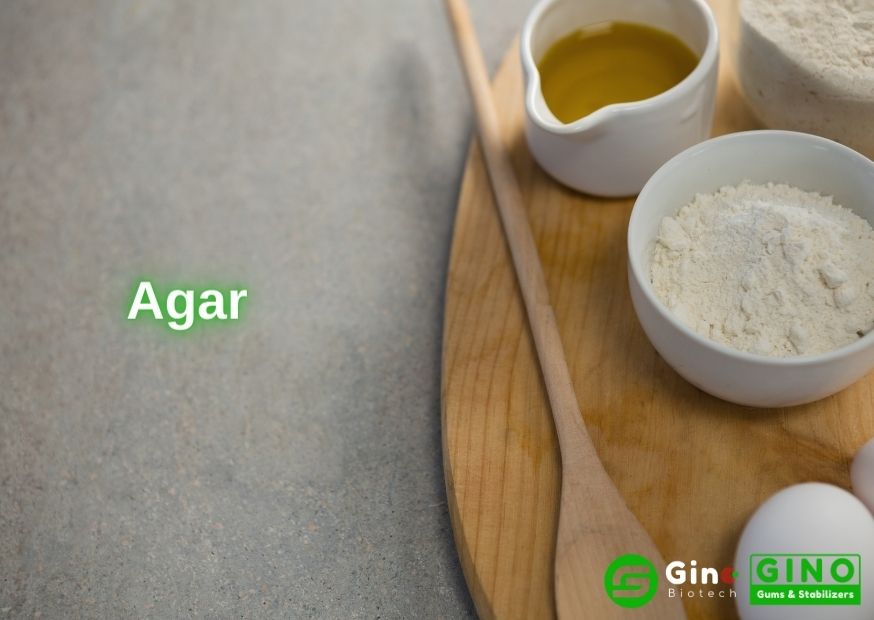
2. What is Gelatin?
Gelatin or gelatine is a natural animal protein, one kind of translucent, colorless, flavorless food ingredient, commonly derived from collagen taken from animal body parts.
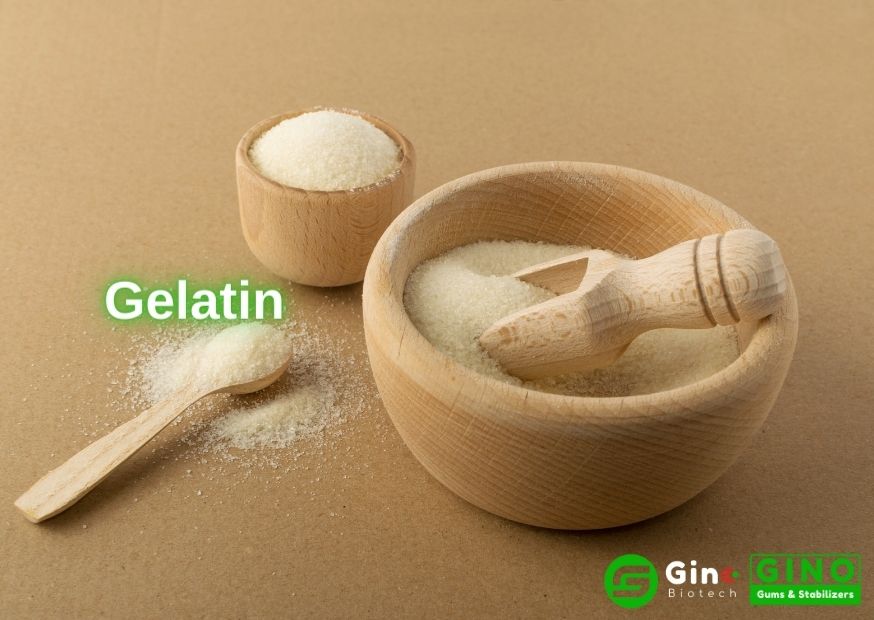
Part 1: Major Differences Between Agar vs Gelatin
Agar and gelatin are not the same. The main differences between agar vs gelatin are different sources, different compositions, different forms, different physical properties, different applications, different prices, etc.
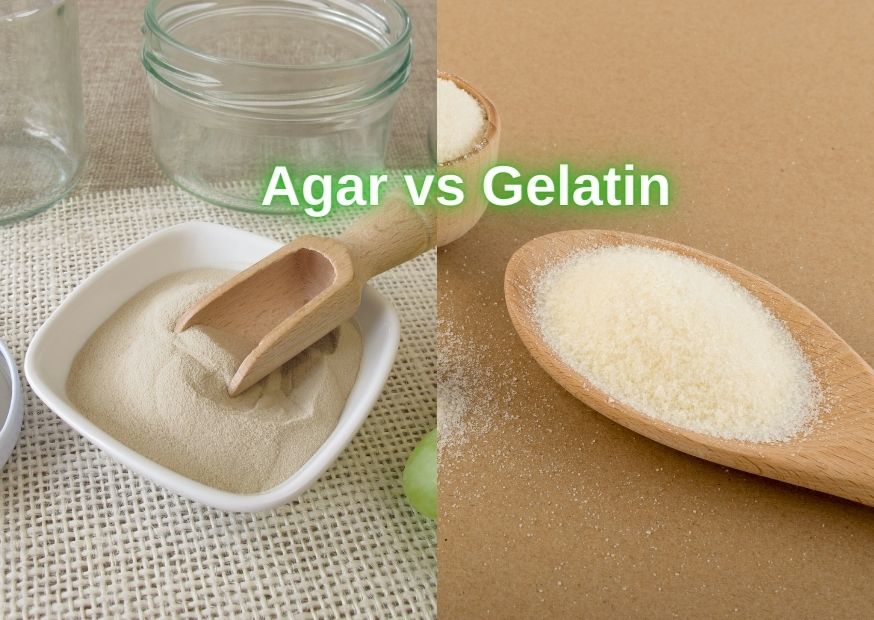
Different Sources
Different Compositions
Different Forms
Different Physical Properties
Different Applications
Different Prices
The raw material of agar is high quality marine red algae, most of which are imported. Seaweeds are greatly affected by climate, and the quality and yield are unstable.
Moreover, the output rate of agar made from seaweeds is low and the process is complicated.
Therefore, the price of agar is higher than that of gelatin, about twice as much as gelatin.
However, the gel strength of agar is very high, so the amount added is also lower than that of gelatin.
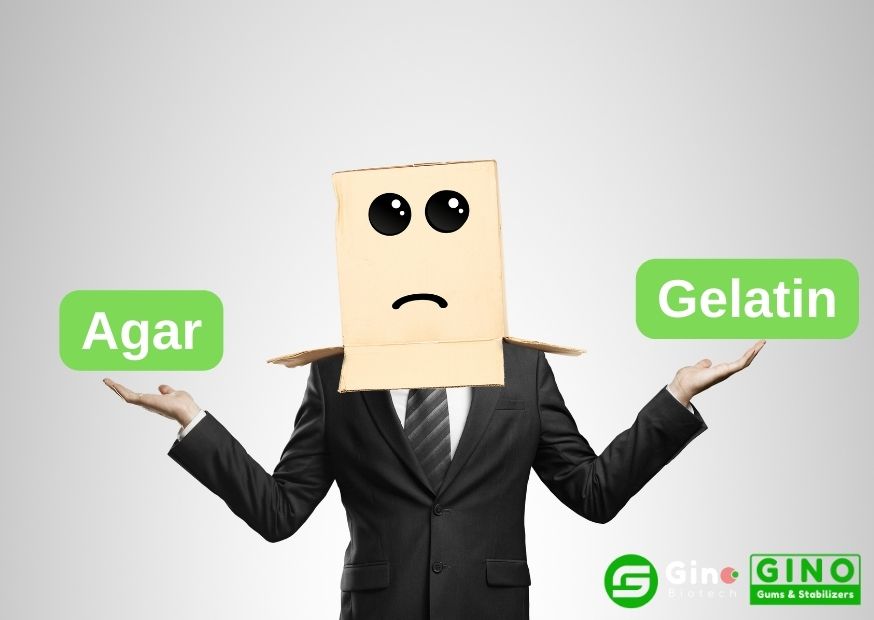
Part 2: Agar vs Gelatin: Can You Substitute Gelatin for Agar?
- We may wonder, both agar and gelatin can be used for coagulation and thickening, so, "Can gelatin be substituted with agar?" Or "Can agar be replaced by gelatin?" The answer is no. Why can't they be substituted for each other?
Different Mouthfeel
Mouthfeel is very important to consumers, and it affects their desire to buy.
Gelatin has a softer and more elastic texture than agar, and agar has a harder texture than gelatin.
If agar is used for making mousse and other desserts, the tender taste is completely lost. Likewise, if gelatin is used for making desserts such as yōkan cold cake, the texture loses its firmness.
Different Solidifying Point
Agar solidifies at 40 degrees Celsius or below, while gelatin must be refrigerated to solidify.
Compared to gelatin, agar is much more difficult to dissolve and requires boiling water and boiling for a few minutes to completely melt in the water, and once the temperature drops below 40 degrees Celsius, the agar will immediately solidify.
Gelatin is mostly used in mousse, pudding and other desserts, where the mixing temperature is low. If agar is used instead, it will solidify into lumps before it is mixed well (especially when it is mixed with whipped light cream and so on) and cannot be mixed evenly.
Different Storage Temperature
The temperature at which the two products are stored is different.
Desserts made with agar can be placed directly at room temperature even in the hot summer (e.g., yōkan cold cake in supermarkets is usually packed and placed directly on the shelf).
Desserts made with gelatin, on the other hand, need to be kept refrigerated to prevent melting.
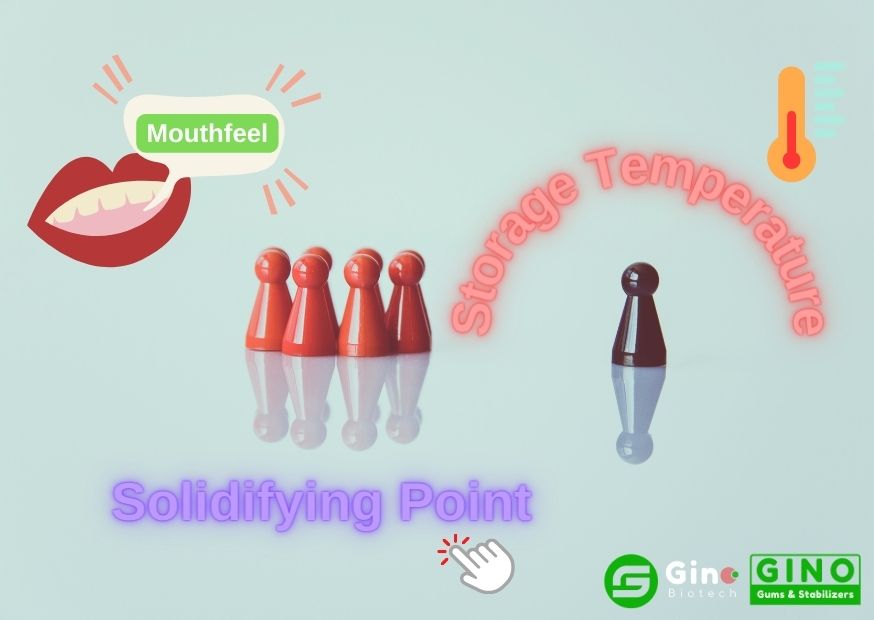
Above is the introduction and main difference between agar vs gelatin. If you are interested in plant-based hydrocolloids, especially agar, please contact us.
Our Agar ProductsRecent Posts

We are a biotech company specializing in the research, development, and commercialization of innovative and technological food additives hydrocolloids Agar Agar, Carrageenan, and Tailor-Made Stabilizer Solutions.
With the extended know-how and experience in the research, application, and use of Hydrocolloids, we could provide one-stop-shop customized solutions perfectly matched to the needs of our customers.
Our products cover the needs of the Meat, Dairy, Bakery, Confectionery, and other industrial sectors.


